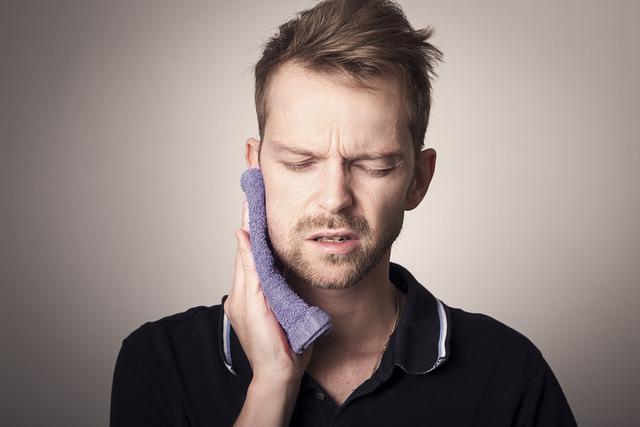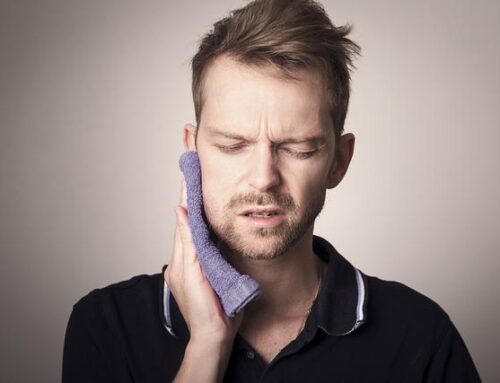Temporomandibular Joint Disorder (TMD) is a common condition that affects the jaw joint and muscles surrounding it. TMD can cause discomfort, pain, and difficulty in performing everyday tasks like eating and speaking. However, the good news is that there are various effective treatments available to alleviate the symptoms and improve the quality of life for those dealing with this condition.
Self-care and lifestyle modifications
In many cases, mild TMD symptoms can be managed through self-care techniques. Applying ice packs, practicing relaxation techniques to reduce stress, and avoiding hard or chewy foods can help ease discomfort. Gentle jaw exercises and maintaining good posture can also alleviate strain on the jaw muscles.
Pain management
Over-the-counter pain relievers such as ibuprofen or acetaminophen can provide temporary relief from TMD-related pain. However, it’s important to consult a healthcare professional before starting any medication regimen.
Dental approaches
Dentists often play a crucial role in treating TMD. They can provide custom-fitted oral appliances or mouthguards that help reduce teeth grinding and clenching, which are common contributors to TMD symptoms. Dental corrections, such as adjusting misaligned teeth or replacing missing teeth, can also improve the bite and alleviate strain on the jaw joint.
Physical therapy
Physical therapists with experience in treating TMD can recommend exercises to strengthen jaw muscles, improve mobility, and reduce pain. They may also incorporate techniques like manual therapy, ultrasound, or electrical stimulation to promote healing and relieve tension.
Stress management
Stress is a significant factor in exacerbating TMD symptoms. Engaging in stress-reducing activities such as yoga, meditation, and deep breathing exercises can help manage the condition by preventing jaw clenching and muscle tension.
Medications
In some cases, health professionals may prescribe muscle relaxants or anti-anxiety medications to alleviate TMD symptoms. These medications can help reduce muscle tension and promote relaxation.
Botox injections
Botox injections have gained popularity as a treatment for TMD. Injecting botulinum toxin into the affected muscles can help reduce muscle contractions and ease pain. However, this approach is generally reserved for cases where other treatments have not been effective.
Surgery (in severe cases)
Surgery is considered a last resort and is typically recommended only when conservative treatments have not provided relief. Surgical options include arthrocentesis (fluid removal from the joint), arthroscopy (minimally invasive surgery), and open joint surgery.
It’s important to note that the effectiveness of treatment for TMD varies from person to person. Consulting with a healthcare professional, such as a dentist or oral surgeon, who specializes in treating TMD is essential for accurately diagnosing the condition and developing an appropriate treatment plan. They can tailor the treatment approach to the individual’s needs, considering factors like the severity of symptoms and the underlying causes.
TMD is a condition that can cause significant discomfort and impact daily life. However, with a combination of self-care practices, dental interventions, physical therapy, stress management, and, in some cases, medical interventions, individuals with TMD can find relief from their symptoms and improve their overall quality of life.
If you or someone you know is experiencing TMD symptoms, don’t hesitate to seek professional guidance to explore the best treatment options available.







